Connection of wires and cables with sleeves
What tools are used
In order to perform this type of connection, special tools for crimping wires, such as mechanical and manual press tongs, are most often used. With their help, you can tightly clamp the contacts along the entire length. A hand clamp can compress a sleeve with a cross section of less than 120 mm2. The sleeve with a large cross section is connected without the need for pliers, and with the help of a tool with a hydraulic drive.
If it is necessary to crimp several cores of various sizes, then pincers that have a matrix for different sections and adjustable punches should be used. The advantage of such a tool is that there is no need to constantly reinstall something, just turn the die or punch screw to the desired section.
Never crimp the sleeves or tips with a pliers or in a vice - this way you will clamp the core, but will not provide good mechanical strength and contact. At the slightest load, the core will come out of the sleeve. The meaning of crimping is in pressure on the sleeve or tip from different sides and the formation of a certain shape that firmly holds the conductive core!
Connection of wires by crimping is the most optimal way with respect to mechanical strength, but it is considered inseparable. To disconnect the cable, you need to cut a certain section. And to connect them, any conductor of arbitrary section (both copper and aluminum) is suitable.
Crimping technology
There are two methods by which crimping is carried out:
- local indentation;
- continuous compression.
The crimp wire is copper or aluminum. Therefore, the sleeve can be either copper or aluminum. There are also copper-aluminum. Since the aluminum cable is prone to the formation of an oxidizing film, the aluminum sleeve must lend itself to stripping and treatment with special grease. To protect aluminum from oxides, quartz-vaseline paste is used. Copper wire must also be greased. With its help, the probability of damage to the core during crimping is reduced and friction is reduced.
If there are multiwire wires - they are aligned and folded so that they easily enter the sleeve, you can twist the wires a little. Then the cable is inserted into the cartridge until it stops. The connection can be made not end-to-end, but, for example, with the plant. Then the total cross section of all wires should not exceed the cross section of the sleeve.
In any case, sleeves are used that are designed for the total cross section of the crimped cores. If a press with point (local) indentation is used, 2-3 crimps are uniformly distributed along the length of the sleeve to ensure mechanical strength of the joint and good electrical contact. With continuous crimping using hexagonal or square matrices - the recommendations are essentially the same. In both cases, it is important that the sleeve does not crack during crimping (if it is too small) and there are no holes or cavities (if it is too large).
After pressure testing has been carried out, it is necessary to create an external insulating layer at the junction with the help of electrical tape or locotissue. After insulation, carefully lay the wires and the cable itself in the junction box.
The video below clearly shows how to crimp the wires with press clamps:
Dimensional requirements for pressed joints
For each type of liners there is a standard size range corresponding to GOSTs. The following is an example of the size chart of GMF (tinned copper sleeve):
As for the marking, it is deciphered as follows:
Standard crimping errors
There are several typical mistakes made by novice electricians or those who themselves carry out the process of crimping lived. For instance:
- The used sleeve has a cross section smaller than the wire. You never need to reduce the cross-section of the cores and adjust it to the diameter of the sleeve. This leads to increased resistance and reduced throughput. Where there was a combination, the core will heat up and collapse.
- The sleeve is large. If the nest is used with a large diameter, this will not bring a strong and reliable combination. Even if you bend the wire several times, this will not lead to good work, since the mechanical strength will fall almost twice.
- Cutting the sleeve into several parts. When crimping a cable with a short length of the bare ends, it is inconvenient to work with pliers, and the contact area is reduced.
- Crimping should be carried out exclusively by press pliers. For this method of combining, special tools were invented. Therefore, do not use pliers or a hammer, as this can damage both the sleeve and the cable. To prevent this from happening, it is necessary to use a tool such as press tongs, since they greatly simplify the work in crimping cable connections.
That's all I wanted to tell you about how crimping wires is made using sleeves. We hope the information provided was useful and interesting for you!
Surely you do not know:

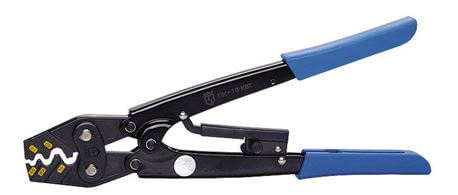
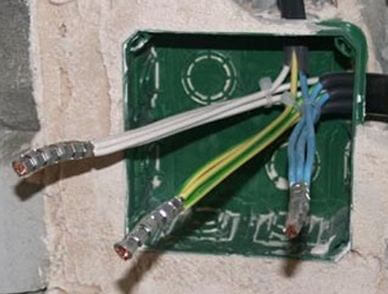
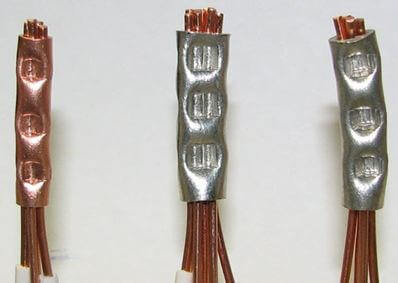
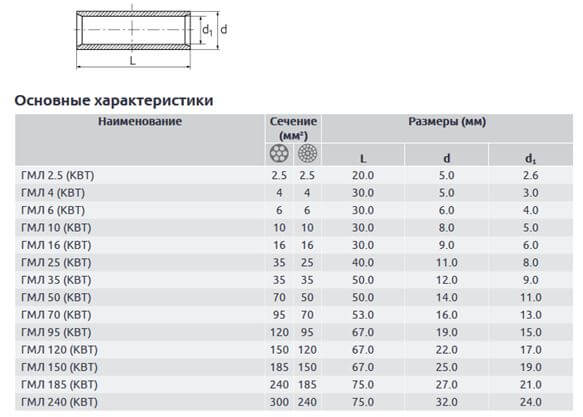
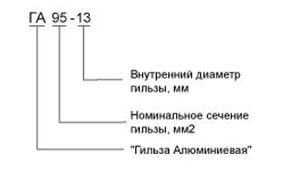
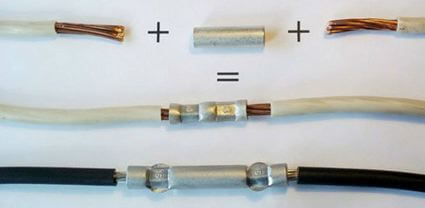


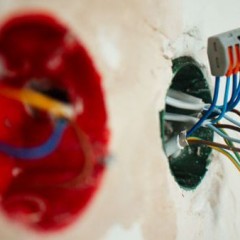

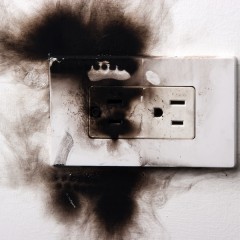

What can you say about the straight twisting of the veins, and then press into the sleeve?
I always use tape instead of cartridges.
It may be a troll. But guys, never do that.
maybe he just wanted to glue his mouth with tape, but then the cable came under his arm 😉